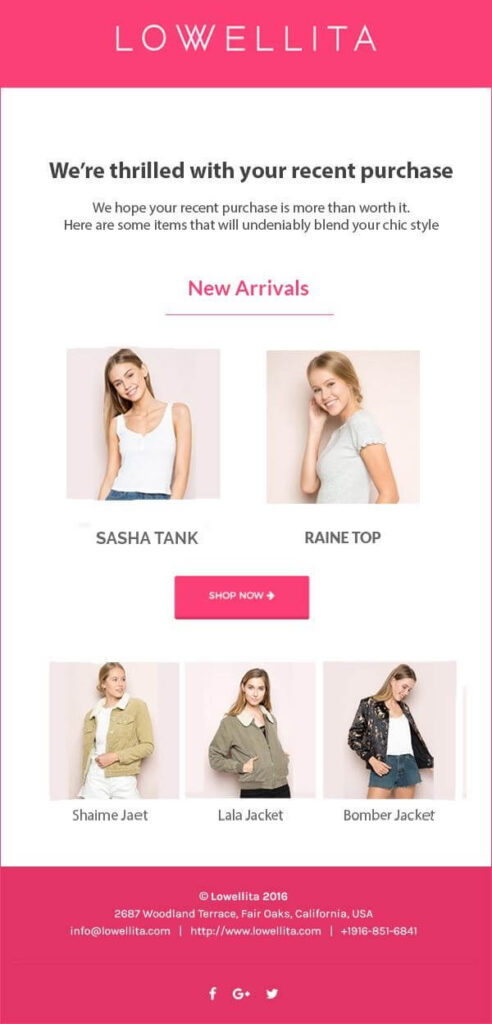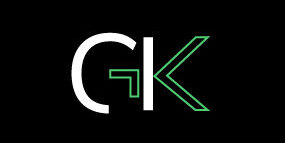Getting a customer to buy is only the beginning. The real battle begins next.
Letting the customer go after the first purchase is a lost opportunity for you. Keep in mind that almost 65% of a company’s business comes from repeat customers. So building a base of sticky customers means more revenue for your business.
Some of the things you’ll learn:
- Why customer stickiness means less investing and more acquiring.
- The power of sticky customers to transform into loyal ones.
- Email automation that will pull the customers back again and again.
- Easy trick that can replace the customer service role in customer retention.
- How to create a product stickiness that exceeds the customer expectation.
- Metrics that will make sure you’re heading in the right direction.
What is Customer Stickiness
Customer stickiness is when a customer sticks with your brand after their first purchase. The more people stay with your brand the more sticky customer relationships you have.
The reasons why they stick with you might be:
- Product quality
- Customer service
- Pricing
- Experience
- Additional features, or something else.
But what’s in common with all of these? The customer is getting some value from your brand that he won’t from others.
So isn’t this the same as customer loyalty? Not really. Although the main purpose of both is to attract customer retention, the reason behind it is different.
Customer loyalty means that people stay with the brand because they have a deeper connection with it. Whereas customer stickiness means that people stay with the brand because of the value they get from it.
The ultimate goal is to turn your shoppers into loyal customers. But making them sticky customers is a great start.

Why does Customer Stickiness matter?
More customer stickiness means less money invested in acquiring new customers. It costs up to 7x more to acquire a new customer than to retain an old one. Existing customers are also proven to spend more than new ones.
When you have customer retention, up-sell and cross-sell opportunities can often come up as well. Also, a happy customer that shops often is also very likely to refer your brand to a friend or family.
And on top of this, don’t forget the bigger picture. Customer stickiness is the first step to creating loyal customers that are truly connected to your brand.
How to Increase Customer Stickiness
Now that we know why it’s important, let’s look at 3 ways that we can increase it.
1. Personalize your communication
Your customers already bought something, that is enough information for you to know what they like. Use it.
Adapt the communication to customers by sending relevant messages about products they might be interested in. But you can’t message every single customer manually every day. That is where retargeting email automation comes in.
Set personalized email automation that triggers after a certain customer action. For example, a customer finishes purchasing a dress. But you know what goes well with a dress? A nice pair of shoes that she probably doesn’t want to miss out on.
Your automation is triggered when she buys the dress, and it automatically sends her a personalized email the next day recommending her shoes.
Here is an example.

2. Make your unique value proposition stand out
There are a lot of brands out there offering the same product or service as yours, so why would the customers stick with you?
Show your customers that you have something valuable that others don’t. To do that, first, you need to analyze what is your Unique Value Proposition (UVP).
What are you better at than your competitors. Is it quality, price, affordability, customer experience? Find something about your product that can make the customers stick with you in the crowd of other brands.
Once you have established what your UVP is, it’s time to introduce it to the whole team in your company. Everyone in your company needs to understand what the brand is all about, so they can pass that on to the customers.
Now that everyone is on the same page, you can start exploiting your UVP. It will hugely impact their buying decision and create sticky customer relationships.
3. Give them a call
A positive customer experience can turn an average one-time buyer into a sticky customer.
The stickiness of customers is not always related to the product or service, it can also be a positive experience that made the customer stick with your brand.
You don’t need an expert customer service team to give your customers a better buying experience. A simple call to check if they are happy with the product or if they have any issues with it can be a dealbreaker.
They will appreciate that you care about their satisfaction, and you will get feedback that you can further implement to make the product even better.
How to measure customer stickiness
Now that you know how to increase it, measuring your progress is equally important. These 3 metrics will help you with that.
1. Repeat Purchase Ratio
Repeat purchase ratio measures the percentage of people that come back to use your product or service.
It’s a great metric that will show you how sticky your brand is to the customers, so we want this number to be high. Here’s an example of how to measure it.
Number of sticky customers (700) / Number of Total Customers (1000), x100 = Repeat Purchase Ratio (70%)
2. Customer Churn Rate
Customer churn rate is the percentage of customers that didn’t stick to your brand. These are the customers that you acquire but lose soon after.
Not everyone is going to become a sticky customer and that is okay, but we need to do everything we can to keep this number as low as possible.
This is how we measure it:
Number of customers who didn’t stick in X time-period (200) / Number of total customers in X time-period (1000), x100 = Customer Churn Rate (20%)
3. Customer Lifetime Value
Customer lifetime value might be the most important metric of all, not just for the stickiness of customers, but overall for your business. It shows you the revenue an average customer generates in his lifetime with your brand.
The goal of every business is to have a high customer lifetime value for their customers. High CLV means that the average customer stickiness level in your business is high, and that indicates long-term customer loyalty.
Calculating customer lifetime value can be difficult, but this simple formula should do the trick.
Note: Aggregated CLV is not a great metric. You should view and monitor the CLV of meaningful segments separately.
Purchase Value (100$) X Purchases (5) = Customer Lifetime Value (500$)
You're ready to create Sticky Customers
Customer retention is the foundation on which successful brands are built, and the concept of customer stickiness is the stepping stone to it.
It allows you to create a customer base of sticky relationships that will eventually turn into long-term customer loyalty.
Give your customers something that can connect them with your brand, and then nurture that relationship into something bigger.
Just don’t forget to track your progress to see if you are going in the right direction.
Looking for more?
Let us take over your marketing and turn your sticky customers into loyal ones through retention-first email marketing.
